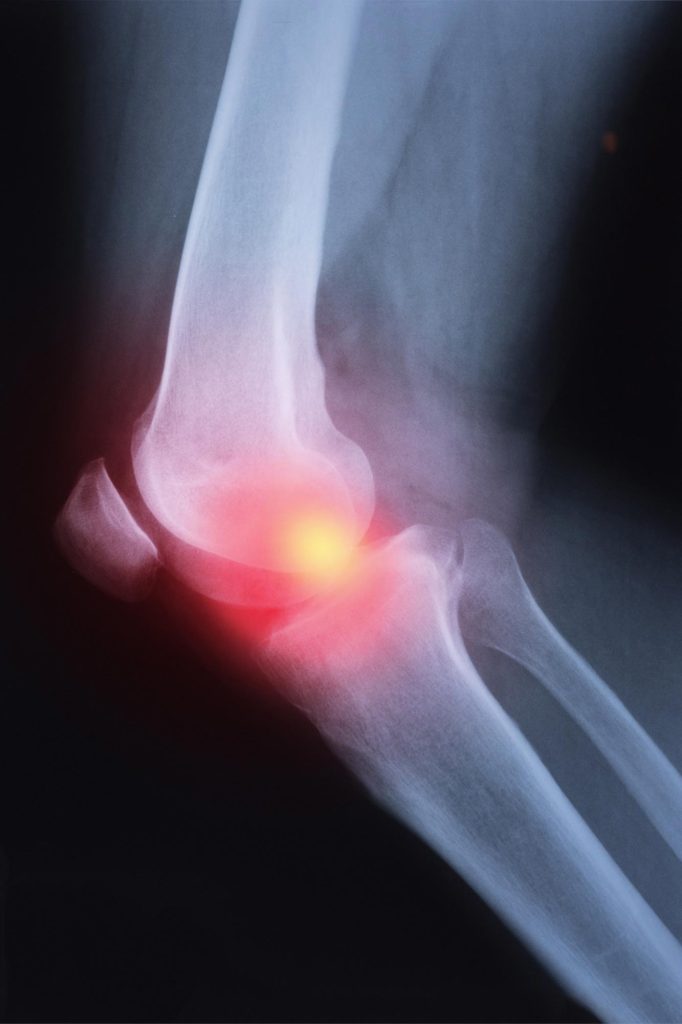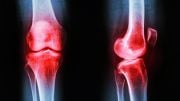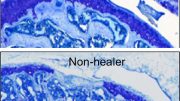
Osteoarthritis is a common degenerative joint disease that primarily affects the cartilage, the cushioning tissue between bones. It is characterized by the gradual breakdown of cartilage, leading to joint pain, stiffness, and limited mobility. Although it often occurs with age, factors such as genetics, obesity, and joint injuries can contribute to its development.
Recruiting osteoarthritis patients with a lot of pain to clinical studies, may give incorrect results if the researcher does account for the natural variation in pain that occurs. A research group from Lund University in Sweden is now drawing attention to the traps in clinical studies on osteoarthritis.
Osteoarthritis, a chronic joint disease, is growing more common. The incidence of this disease escalates with age, frequently leading to pain, compromised physical capability, and disability. As of today, roughly one in every four adults above the age of 45 in Sweden, approximately one million people, has sought medical attention for osteoarthritis.
Patients with osteoarthritis often undergo variations in their level of pain, with episodes of severe pain being interspersed with periods of less intense discomfort. This is a normal occurrence, however, it can pose a challenge for research on osteoarthritis treatments. Typically, researchers will select participants for their studies who are experiencing pain above a certain threshold, which can complicate the interpretation of results.
“People who have a lot of pain are likely to have less pain at a later measurement. This is called “regression to the mean”. Because of this phenomenon, measurements during follow-up will often show positive effects whether the treatment is effective or not”, says Martin Englund, professor of epidemiology at Lund University, and physician at the orthopedic clinic, Skåne University Hospital.
In a study, together with statistician and associate professor Aleksandra Turkiewicz, they estimated the magnitude of the improvement that arises from regression to the mean for a typical study in osteoarthritis. That is, the part of the “improvement” that is simply due to natural variation.
The study is based on data from a large population-based study in the United States of people with knee osteoarthritis. The researchers found that the phenomenon explained about 1 point improvement on a pain scale from 0 to 10 (no pain to worst pain imaginable).
“This represents a significant proportion of the reported improvement in many studies, especially considering that investigators often observe an average pain reduction of only 1 to 2.5 points in knee osteoarthritis patients,” says Martin Englund.
Much of the apparent treatment effect is just an illusion, according to the researchers. To determine whether a treatment is effective or not, there must be an adequate control group that receives a placebo, the study participants do not know what treatment they have received, and the treatment is randomly allocated. Therefore, for a treatment to be considered effective, it must produce better results than a placebo, and investigators need to take regression to the mean into account.
The study, which is now being published in the journal Lancet Rheumatology, is important for planning and interpreting results from research evaluating the efficacy of treatments for osteoarthritis pain.
“There is a great need for more effective treatments for osteoarthritis, which unfortunately means that the market opens up for several forms of treatments that incorrectly claim efficacy or exaggerate its size. Injections with platelet-rich plasma (PRP) are an example of a treatment with insufficiently proven efficacy, but also exercise in osteoarthritis is an example where the studies often lack a relevant control group and the effects on pain are often overstated”, concludes Martin Englund.
Reference: “Pain in clinical trials for knee osteoarthritis: estimation of regression to the mean” by Martin Englund and Aleksandra Turkiewicz, 21 April 2023, The Lancet Rheumatology.
DOI: 10.1016/S2665-9913(23)00090-5









Be the first to comment on "Do Osteoarthritis Treatments Actually Work? New Study Questions Efficacy"